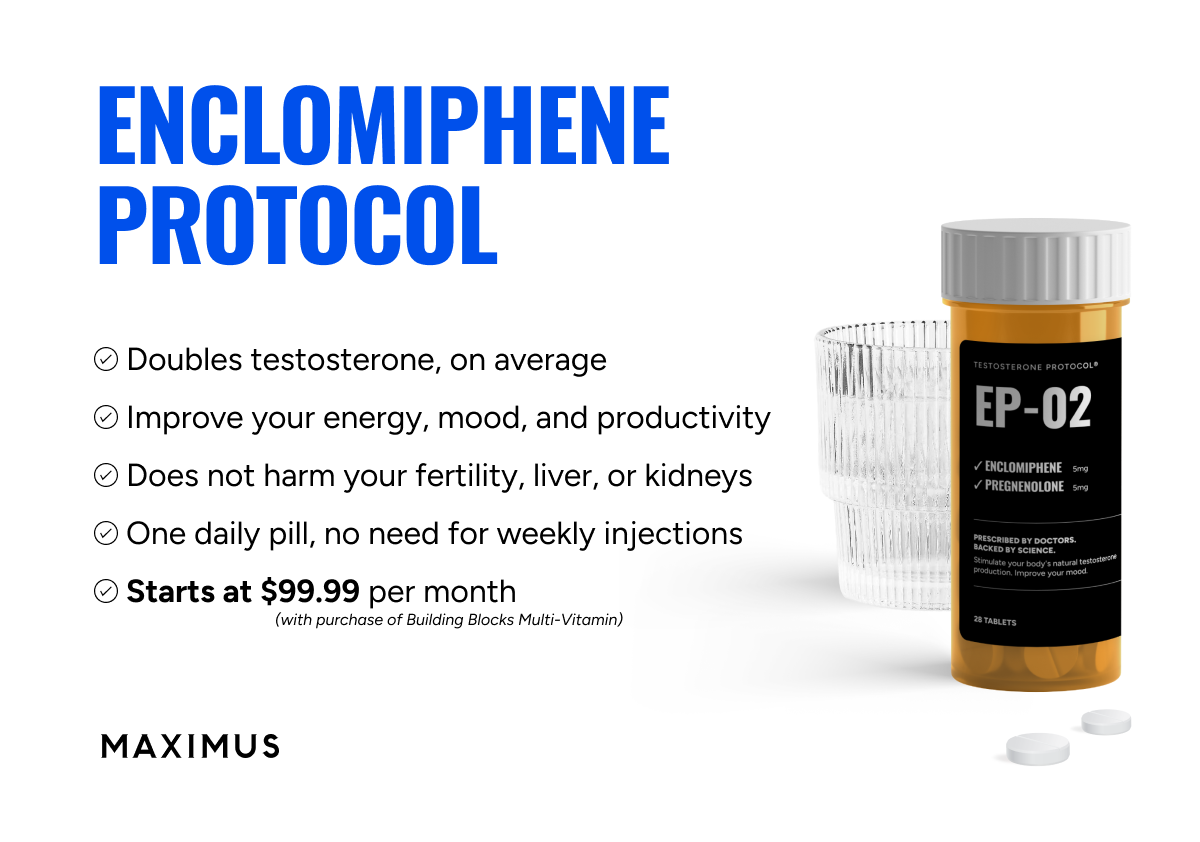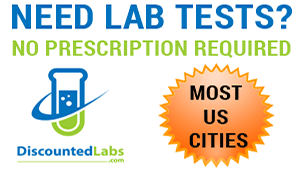madman
Super Moderator
* Ensuring the accuracy of serum testosterone level is vital for diagnosing hypogonadism across diverse clinical settings. However, numerous challenges arise, such as inconsistencies in laboratory standardization, reference range variations, and the expenses linked with top-tier equipment. Additionally, technical and logistical obstacles further complicate assay procedures. This chapter aims to explore the diverse array of testosterone assays and their interpretation to provide clarity in clinical practice.
---------4
Testosterone plays a pivotal role in regulating various physiological processes in males, encompassing metabolic, sexual, cardiovascular, and bone health. Accurate measurement of serum testosterone levels is indispensable for clinical assessment, management, and monitoring by healthcare providers.
-----------
Accurate measurement of serum testosterone levels is crucial across different clinical contexts, such as testosterone replacement therapy (TRT) for testosterone deficiency of puberty or late onset hypogonadism and transgender rehabilitation management of endocrine abnormalities. The contemporary clinical approach to diagnosing male hypogonadism relies on accurate serum testosterone levels. Consensus guidelines for testosterone replacement therapy hinge on two main criteria: firstly, the presence of low serum testosterone levels, and secondly, the manifestation of symptoms and signs such as fatigue, cognitive dysfunction, reduced body hair, and mood alterations (Fig. 3.1). Regular laboratory monitoring is essential for patients undergoing testosterone therapy to ensure safety, efficacy, and proper titration to target levels.
-------------
Multiple laboratory assays and protocols are available for measuring testosterone, with variations in technologies, protocols, and target ranges among clinical or commercial laboratories. However, standardization of recommended diagnostic and therapeutic ranges remains lacking. Obtaining precise testosterone assays faces challenges due to variations throughout the day, a broad spectrum of normal values, and technical and logistical intricacies during assay execution.
----------
Ensuring the accuracy of serum testosterone level is vital for diagnosing hypogonadism across diverse clinical settings. However, numerous challenges arise, such as inconsistencies in laboratory standardization, reference range variations, and the expenses linked with top-tier equipment. Additionally, technical and logistical obstacles further complicate assay procedures. This chapter aims to explore the diverse array of testosterone assays and their interpretation to provide clarity in clinical practice.
---------4

---------4
Testosterone Measurements
Testosterone measurement poses significant challenges in standard clinical settings, with various methods available for assessing total testosterone levels, including immunoassays and mass spectrometry. Immunoassays, although cost-effective and technically straightforward, are surpassed by mass spectrometry, considered the gold standard despite its higher cost and technical complexity. Free testosterone measurement methods include equilibrium dialysis, immunoassays, or calculations using algorithms based on total testosterone, SHBG, and albumin levels. However,equilibrium dialysis, while the gold standard, is limited by technical demands and time constraints, making it impractical in most laboratories. Research highlighted significant disparities in assay accuracy and precision among laboratories, mainly due to calibration inaccuracies and insufficient analytical specificity. Programs like the CDC Hormone Standardization Program seek to accredit laboratories and assays, promoting uniformity and dependability in testosterone measurements. Addressing these challenges, the American Urological Association (AUA) recommends consistent total testosterone assessment at one laboratory using the same assay repeatedly, ideally with morning samples, to ensure result consistency and comparability.
---------4
Total Testosterone Measurements
* Immunoassays
* Mass Spectrometry
-------------
Immunoassay Vs. Mass Spectrometry for Measuring Total Testosterone
--------------
Free Testosterone Measurements
* Equilibrium Dialysis
* Analog Immunoassays
* Calculated Free Testosterone
-------------4
Bioavailable Testosterone Measurements
* Ammonium Sulfate Precipitation Method
* Concanavalin A Separation Method
----------4
Testosterone Reference Ranges
---------4
Age-Specific Reference Ranges
-----------4
Standardization of Reference Ranges
---------4
What Time to Suggest for Laboratory Testing?
------------4
Conclusions
In conclusion, diagnosing hypogonadism and optimization of testosterone therapy requires precise measurement of serum testosterone levels. Despite challenges such as inconsistencies in assay standardization, variations in reference ranges, and technical complexities, notable advancements have been achieved in improving our understanding and approach to testosterone measurement.
--------
Various methods, including immunoassays and mass spectrometry, are available for quantifying total testosterone levels, each with its advantages and limitations. While immunoassays are widely accessible and relatively cost-effective, mass spectrometry is recognized as the gold standard due to its superior accuracy and specificity, particularly at extreme testosterone levels. Furthermore, the measurement of free testosterone, although technically demanding, is essential for a comprehensive evaluation of androgen status.
-------------
Efforts to standardize reference ranges and harmonize assay technologies have enhanced the consistency and reliability of testosterone measurements across different laboratories and populations. However, ongoing research and validation are necessary to ensure the clinical relevance and applicability of standardized reference ranges, especially in diverse demographic groups and clinical settings.
--------
Additionally, considerations such as the timing of laboratory testing and the importance of repeat measurements play a vital role in accurately interpreting testosterone levels and making informed clinical decisions.
------------
In summary, despite the complexities and challenges involved in testosterone measurement, continued advancements in technology, standardization efforts, and research endeavors contribute to improving the accuracy and utility of testosterone assays in clinical practice. By addressing these challenges and leveraging emerging technologies, healthcare providers can effectively diagnose and manage testosterone related conditions, ultimately enhancing patient care and outcomes.
---------4
Testosterone plays a pivotal role in regulating various physiological processes in males, encompassing metabolic, sexual, cardiovascular, and bone health. Accurate measurement of serum testosterone levels is indispensable for clinical assessment, management, and monitoring by healthcare providers.
-----------
Accurate measurement of serum testosterone levels is crucial across different clinical contexts, such as testosterone replacement therapy (TRT) for testosterone deficiency of puberty or late onset hypogonadism and transgender rehabilitation management of endocrine abnormalities. The contemporary clinical approach to diagnosing male hypogonadism relies on accurate serum testosterone levels. Consensus guidelines for testosterone replacement therapy hinge on two main criteria: firstly, the presence of low serum testosterone levels, and secondly, the manifestation of symptoms and signs such as fatigue, cognitive dysfunction, reduced body hair, and mood alterations (Fig. 3.1). Regular laboratory monitoring is essential for patients undergoing testosterone therapy to ensure safety, efficacy, and proper titration to target levels.
-------------
Multiple laboratory assays and protocols are available for measuring testosterone, with variations in technologies, protocols, and target ranges among clinical or commercial laboratories. However, standardization of recommended diagnostic and therapeutic ranges remains lacking. Obtaining precise testosterone assays faces challenges due to variations throughout the day, a broad spectrum of normal values, and technical and logistical intricacies during assay execution.
----------
Ensuring the accuracy of serum testosterone level is vital for diagnosing hypogonadism across diverse clinical settings. However, numerous challenges arise, such as inconsistencies in laboratory standardization, reference range variations, and the expenses linked with top-tier equipment. Additionally, technical and logistical obstacles further complicate assay procedures. This chapter aims to explore the diverse array of testosterone assays and their interpretation to provide clarity in clinical practice.
---------4
---------4
Testosterone Measurements
Testosterone measurement poses significant challenges in standard clinical settings, with various methods available for assessing total testosterone levels, including immunoassays and mass spectrometry. Immunoassays, although cost-effective and technically straightforward, are surpassed by mass spectrometry, considered the gold standard despite its higher cost and technical complexity. Free testosterone measurement methods include equilibrium dialysis, immunoassays, or calculations using algorithms based on total testosterone, SHBG, and albumin levels. However,equilibrium dialysis, while the gold standard, is limited by technical demands and time constraints, making it impractical in most laboratories. Research highlighted significant disparities in assay accuracy and precision among laboratories, mainly due to calibration inaccuracies and insufficient analytical specificity. Programs like the CDC Hormone Standardization Program seek to accredit laboratories and assays, promoting uniformity and dependability in testosterone measurements. Addressing these challenges, the American Urological Association (AUA) recommends consistent total testosterone assessment at one laboratory using the same assay repeatedly, ideally with morning samples, to ensure result consistency and comparability.
---------4
Total Testosterone Measurements
* Immunoassays
* Mass Spectrometry
-------------
Immunoassay Vs. Mass Spectrometry for Measuring Total Testosterone
--------------
Free Testosterone Measurements
* Equilibrium Dialysis
* Analog Immunoassays
* Calculated Free Testosterone
-------------4
Bioavailable Testosterone Measurements
* Ammonium Sulfate Precipitation Method
* Concanavalin A Separation Method
----------4
Testosterone Reference Ranges
---------4
Age-Specific Reference Ranges
-----------4
Standardization of Reference Ranges
---------4
What Time to Suggest for Laboratory Testing?
------------4
Conclusions
In conclusion, diagnosing hypogonadism and optimization of testosterone therapy requires precise measurement of serum testosterone levels. Despite challenges such as inconsistencies in assay standardization, variations in reference ranges, and technical complexities, notable advancements have been achieved in improving our understanding and approach to testosterone measurement.
--------
Various methods, including immunoassays and mass spectrometry, are available for quantifying total testosterone levels, each with its advantages and limitations. While immunoassays are widely accessible and relatively cost-effective, mass spectrometry is recognized as the gold standard due to its superior accuracy and specificity, particularly at extreme testosterone levels. Furthermore, the measurement of free testosterone, although technically demanding, is essential for a comprehensive evaluation of androgen status.
-------------
Efforts to standardize reference ranges and harmonize assay technologies have enhanced the consistency and reliability of testosterone measurements across different laboratories and populations. However, ongoing research and validation are necessary to ensure the clinical relevance and applicability of standardized reference ranges, especially in diverse demographic groups and clinical settings.
--------
Additionally, considerations such as the timing of laboratory testing and the importance of repeat measurements play a vital role in accurately interpreting testosterone levels and making informed clinical decisions.
------------
In summary, despite the complexities and challenges involved in testosterone measurement, continued advancements in technology, standardization efforts, and research endeavors contribute to improving the accuracy and utility of testosterone assays in clinical practice. By addressing these challenges and leveraging emerging technologies, healthcare providers can effectively diagnose and manage testosterone related conditions, ultimately enhancing patient care and outcomes.














